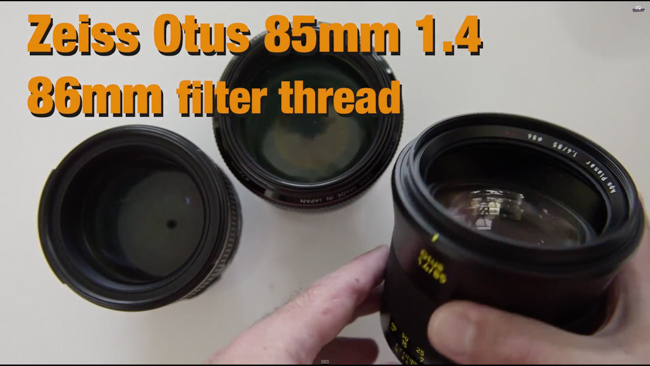

This may sound churlish, but it boggles my sensibility when I see photographers obsessed with aperture values, F-Stops. I would go far as you say that half of the gear lust I encounter has to do with some lens’ ability to defocus a background to the point of utter obscurity, and gather light so well it can see through clothes, and time.
[REWIND: F-Stops & T-Stops? Which One Matters To You & Why]
For those budding photographers who are just getting started and beginning to see the correlation between aperture and a specific image result, and are learning to recreate the images they have admired, this is to be expected. This group is consumed with the desire and need to experiment, and while it’s like world ambition running at full speed before the talent can walk, it’s understandable. But the obsession extends beyond the beginners, and it’s concerning. A more blurred background does not a better picture make. Having an insanely faster lens today is also becoming less a concern with the rate of development of new sensors.

I often get asked about lenses to choose and most of the time, the questions revolve around what aperture to look for, and then digresses into just how fast a lens can get. In this video, Matt Granger addresses the topic of speed and theoretical F-stops. Just how fast a lens is it possible to make? Going over how aperture is measured and f-stops are arrived at, to the impracticality of having lenses past a certain ‘speed,’ Granger does a decent job touching on the key points.

If you’re interested in learning more about F-stops and T-Stops and what they really mean to you, check out this article I wrote a few weeks back which should cover most of what you’ll want to understand. Also be sure to see more from Granger on his site and YouTube.
Source: YouTube





Get Connected!